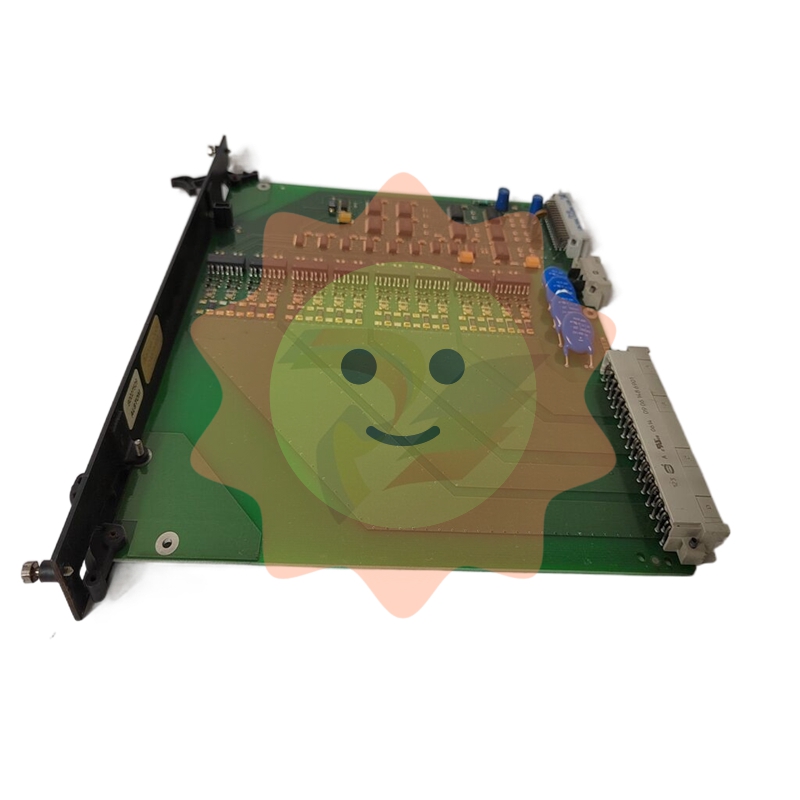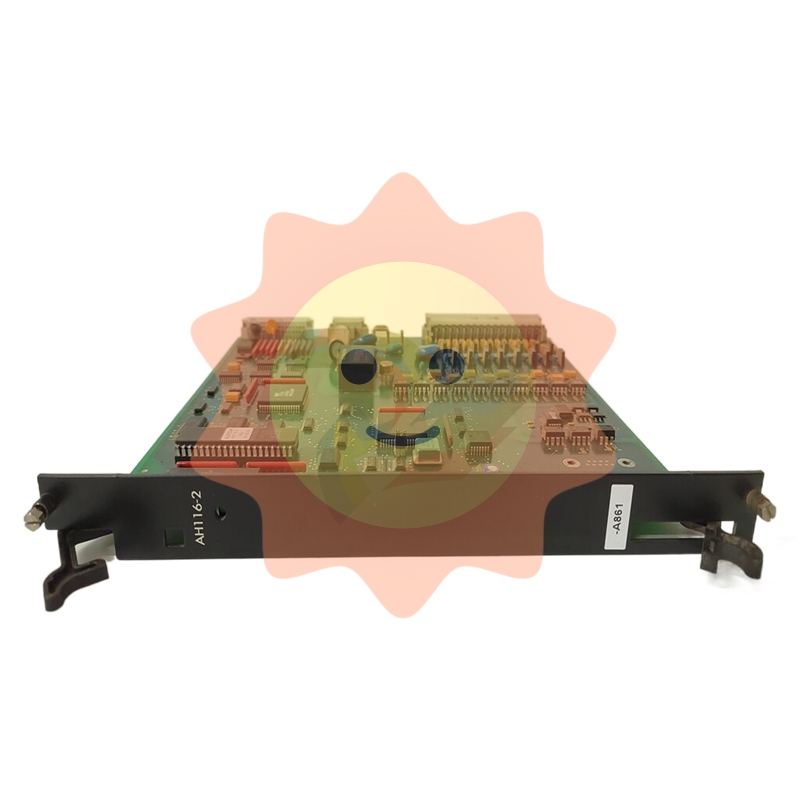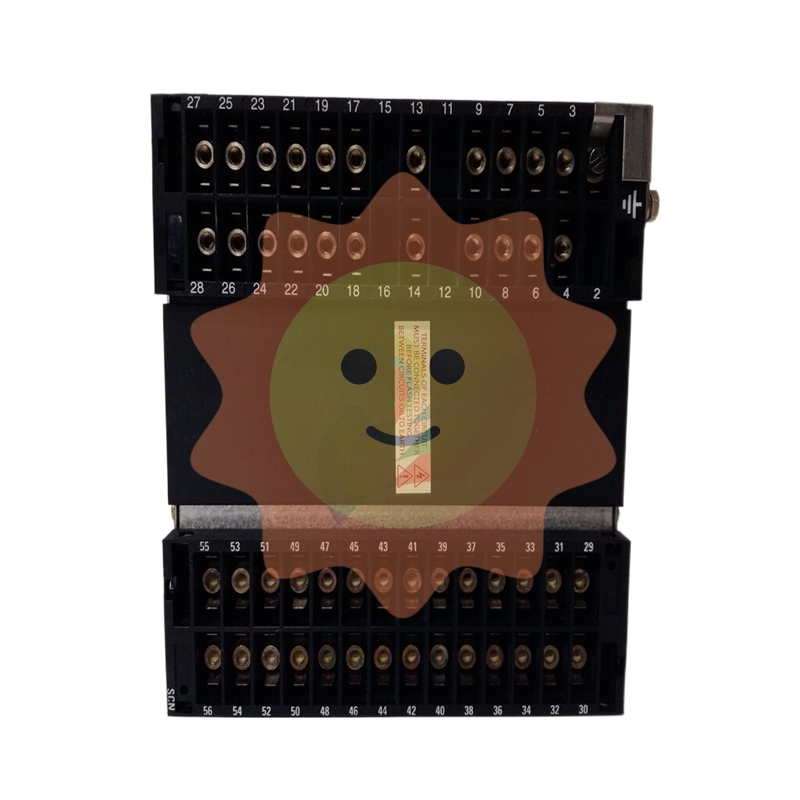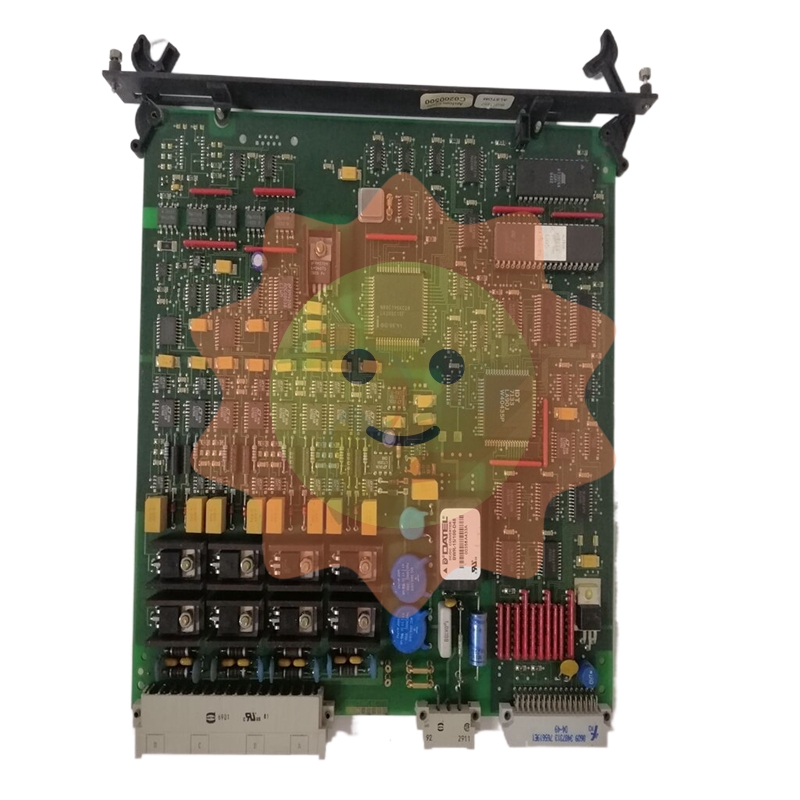Metallurgical archaeology explains resources, technology, and civilization
Metallurgy is an important part of ancient handicraft industry, involving ore mining, metal smelting and circulation, metal ware production, circulation, use and related social organization management and other aspects. Metallurgical archaeology can establish the development lineage of metallurgical technology, reveal the production and organization mode of metallurgical activities, explain the relationship between resources, technology and civilization development from multiple perspectives, provide a scientific basis for understanding major historical issues such as civilization evolution and national development, and protect and inherit excellent traditional culture.
Through the investigation, excavation and comprehensive study of mining and metallurgical sites, a metallurgical archaeological interpretation system on the relationship between metal resources, metallurgical technology and civilization development has been preliminarily established. The metallurgical archaeology research team of the Chinese Civilization Exploration Project has continued to carry out field archaeological investigations of mining and smelting sites for up to 20 years in various places, and hundreds of new copper, tin and lead mining and smelting sites in the pre-Qin period have been discovered in the Hexi Corridor, southern Shanxi, western Henan, western Liaoning, and the middle and lower reaches of the Yangtze River, and some sites have been excavated. For example, the earliest bronze smelting site in China has been found in Xicheng Yi Site in Zhangye, Gansu Province, and its metal resources come from nearby mines. Combined with the early discovery of copper objects in Xinjiang, Qinghai and other places, it is now very sure that China's bronze metallurgy technology came from outside the region, and the northwest region is the key to the spread of bronze metallurgy technology to the Central Plains. However, only in the Central Plains, the first generation of copper tin binary material separation, smelting and casting separation, on the basis of simple casting to create a block mold casting based smelting tradition, to achieve the perfect combination of bronze industry and ritual, and this smelting system and bronze ware use system radiation to the surrounding areas.

Bronze smelting technology came from the outside, in the Central Plains in the Erlitou culture period to complete the transformation of block mold casting technology, is the first peak of local creation in the history of Chinese metallurgy, highlighting the integration and innovation ability of Chinese civilization in technology and culture. This organizational mode characterized by casting technology innovation, remote access to metal resources, effective control of bronze production, and the ritual and music system based on bronze as the carrier made the establishment of a complete set of bronze metallurgy industry management system from central to local, from centralized to decentralized within a larger geographical scope, becoming an important part of complex social management. To some extent, it enriched the country's management experience, and then promoted the origin and early development of Chinese civilization, making the Central Plains an important factor in the stable civilization center of East Asia.
It should be pointed out that although external technical factors can be found in early copper mining, smelting and casting in China, the decoration, manufacturing technology and use combination of the bronze wares of the Xia, Shang and Zhou dynasties are clearly different from other bronze civilizations in the world. The formation of the block mold casting technique tradition in the central Plains with Henan, Shanxi and Shaanxi as the center is the inevitable result of the development, exchange and selection of culture and technology. On the one hand, the emerging nobility in the Erlitou culture period chose the bronze ware from the west to highlight its identity as the carrier of the tripod. On the other hand, at that time, the craftsmen in the Central Plains had a full understanding of the characteristics of the soil and the full understanding of the ceramics, and the mature pottery techniques such as mold making and mold making in the Longshan era also became the basis of the mold casting technology of bronze vessels. In Erlitou culture period, a large number of bronze ware with beautiful shape and thin walls were also found, which indicates that the pottery making technology and bronze casting technology were quite mature at that time. The results show that the chemical composition and microstructure of most Tao fan in pre-Qin period are consistent. This means that as early as the Erlitou period, the production technology of casting copper pottery has been fully developed, in this sense, specialized production should be an important form of organization of the metallurgical industry at that time, but also an important carrier of technical inheritance and development. It was during the pre-Qin period that there was a relatively developed tradition of bronze pottery casting technology, and after the block iron-making technology with the same foreign characteristics spread to the Central Plains in the border zone between Henan, Shaanxi and Jin, pig iron smelting and casting technology were rapidly invented in the early Spring and Autumn period, and a complete technical system of smelting with pig iron and using raw iron to make steel was basically formed in the Qin and Han Dynasties. It completed another major turning point in the history of Chinese metallurgy, and was the key driving force for the prosperity and social development of the Qin and Han Dynasties.

Great progress has been made in laboratory testing and analysis, especially in the deepening of research on metal materials, which has increased scientific data for a correct understanding of the development of resources, technology and civilization. By developing standard materials and standardizing sample collection and detection and analysis methods, metallurgical archaeology research constantly improves the precision and accuracy of analysis and detection data, constantly improves the degree of integration with the archaeological background, and effectively improves the cognition and interpretation ability of metal cultural relics. For example, lead isotope analysis is considered to be the most effective method for tracing bronzes. In recent years, the interpretation of lead isotope ratio data is not only limited to identifying differences, but also begins to pay attention to the commonality of times, thus providing a new perspective for the study of bronze stages and metal resource circulation. It proves once again that the production, circulation and management of bronzes were political and economic activities strictly controlled by the society at that time. In fact, from the Erlitou culture to the bronzes of the late Western Zhou Dynasty, the lead isotope ratio data also have rules to follow. Based on the comprehensive analysis of lead isotope ratio data from a large number of mines, smelting sites and bronzes in the Central Plains and border areas, the circulation status of metal resources in the pre-Qin period and the roles played by different regions in the metal circulation have been basically clarified. For example, Jianghan Plain played a pivotal role in the transmission of tin, lead and other metals to areas outside the middle reaches of the Yangtze River. The large-scale exploitation of mines in Shandong Peninsula is closely related to the eastward advance of the Central Plains civilization system. It can be seen that the mystery of the material source of bronzes unearthed in Zhengzhou Mall, Yin Ruins in Anyang and Sanxingdui Ruins will be expected to give an answer.

The production and use of gold products in early China also has obvious regional characteristics, and is closely related to cultural and technical exchanges. From the current analysis results, the early gold ornaments such as Huohuogou, Zhengzhou Mall, Huangbeipan Longcheng, Yin Ruins of Anyang and Sanxingdui of Guanghan have the following characteristics: most of the natural gold is gold and silver alloy, the ratio of gold and silver is unstable, fluctuates greatly, and has regional characteristics; Most of the gold articles are shaped by hammer 鐷 and the surface is polished. Some of them are made of gold wire. Some of the gold articles at Yin Ruins may be cast. In addition to single pieces of personal decorations, most of the other materials are decorated in the form of gold and gold. However, in the Central Plains and its southern regions, gold was made into foil and then decorated on the surface of the objects, which was different from the use of gold earrings, gold armband and other human body decoration in the north and northwest regions, which may be related to regional culture and craft traditions. The golden bead craft and its products, which appeared in China in the pre-Qin period, are regarded as important material evidence of Sino-foreign exchanges. In order to study the origin of its native technology, we systematically sorted out the gold bead craft products unearthed in the eastern Mediterranean coast of Eurasia, the Scythian culture on the north coast of the Black Sea, the Saga culture in Central Asia and the southern Siberian steppe, and conducted a comprehensive analysis. It was found that although the gold bead craft has the characteristics of high circulation, The shape of the gold bead process in China's pre-Qin period is closely related to Tuva Aran No. 2 tomb, and the selection of the welding technology of the gold bead process is quite flexible. The high silver content solder in Zhangjiachuan Majiyuan Cemetery, which was considered to be the characteristic of Chinese gold bead welding technology in the past, is not unique to China and cannot be used as the basis for local technology. Therefore, from the perspective of the entrusted relationship between the gold bead craft and the artisans in the settled society, the key to whether China has mastered the local gold bead craft technology may lie in the more gradual imitation of visual effects and even technical imitation, indicating that the population exchange pattern has significance for the research on the dissemination of gold bead craft.

In short, the development path of China's early metallurgical technology is to continuously absorb and digest various foreign technologies, and gradually form a distinctive metallurgical technology system. Metallurgical technology in the Central plains after the completion of its localization process, quickly had a strong impact on the surrounding areas, this "introduction - absorption - re-creation - feedback" development process perfectly reflects the inclusive, sea all rivers of the Chinese civilization characteristics. It is a feasible research perspective to reflect the control and transmission of resources by people in different regions through the study of metallurgical technology and metal material circulation, judge the social functions undertaken by a specific region, and then infer the location of a cultural core region. However, technological and resource factors are obviously affected by the political pattern. Therefore, scientific and technological detection work must be closely combined with field archaeological excavations and historical background information, only in this way, can a theoretical model of technology development, regional interaction and material flow be constructed in a larger space-time range. In the future, metallurgical archaeology should continue to strengthen basic theoretical research and the construction of research methods in various aspects such as documentation, field investigation, detection and analysis, improve the ability to interpret the relationship between metal resources, metallurgical technology and civilization development, and better serve the construction of archaeology with Chinese characteristics, Chinese style and Chinese style.
- EMERSON
- Honeywell
- CTI
- Rolls-Royce
- General Electric
- Woodward
- Yaskawa
- xYCOM
- Motorola
- Siemens
- Rockwell
- ABB
- B&R
- HIMA
- Construction site
- electricity
- Automobile market
- PLC
- DCS
- Motor drivers
- VSD
- Implications
- cement
- CO2
- CEM
- methane
- Artificial intelligence
- Titanic
- Solar energy
- Hydrogen fuel cell
- Hydrogen and fuel cells
- Hydrogen and oxygen fuel cells
- tyre
- Chemical fiber
- dynamo
- corpuscle
- Pulp and paper
- printing
- fossil
- FANUC
- Food and beverage
- Life science
- Sewage treatment
- Personal care
- electricity
- boats
- infrastructure
- Automobile industry
- metallurgy
- Nuclear power generation
- Geothermal power generation
- Water and wastewater
- Infrastructure construction
- Mine hazard
- steel
- papermaking
- Natural gas industry
- Infrastructure construction
- Power and energy
- Rubber and plastic
- Renewable energy
- pharmacy
- mining
- Plastic industry
- Schneider
- Kongsberg
- NI
- Wind energy
- International petroleum
- International new energy network
- gas
- WATLOW
- ProSoft
- SEW
- wind
- ADVANCED
- Reliance
- YOKOGAWA
- TRICONEX
- FOXBORO
- METSO
- MAN
- Advantest
- ADVANCED
- ALSTOM
- Control Wave
- AB
- AMAT
- STUDER
- KONGSBERG
- MOTOROLA
- DANAHER MOTION
- Bentley
- Galil
- EATON
- MOLEX
- Triconex
- DEIF
- B&W


email:1583694102@qq.com
wang@kongjiangauto.com

















































